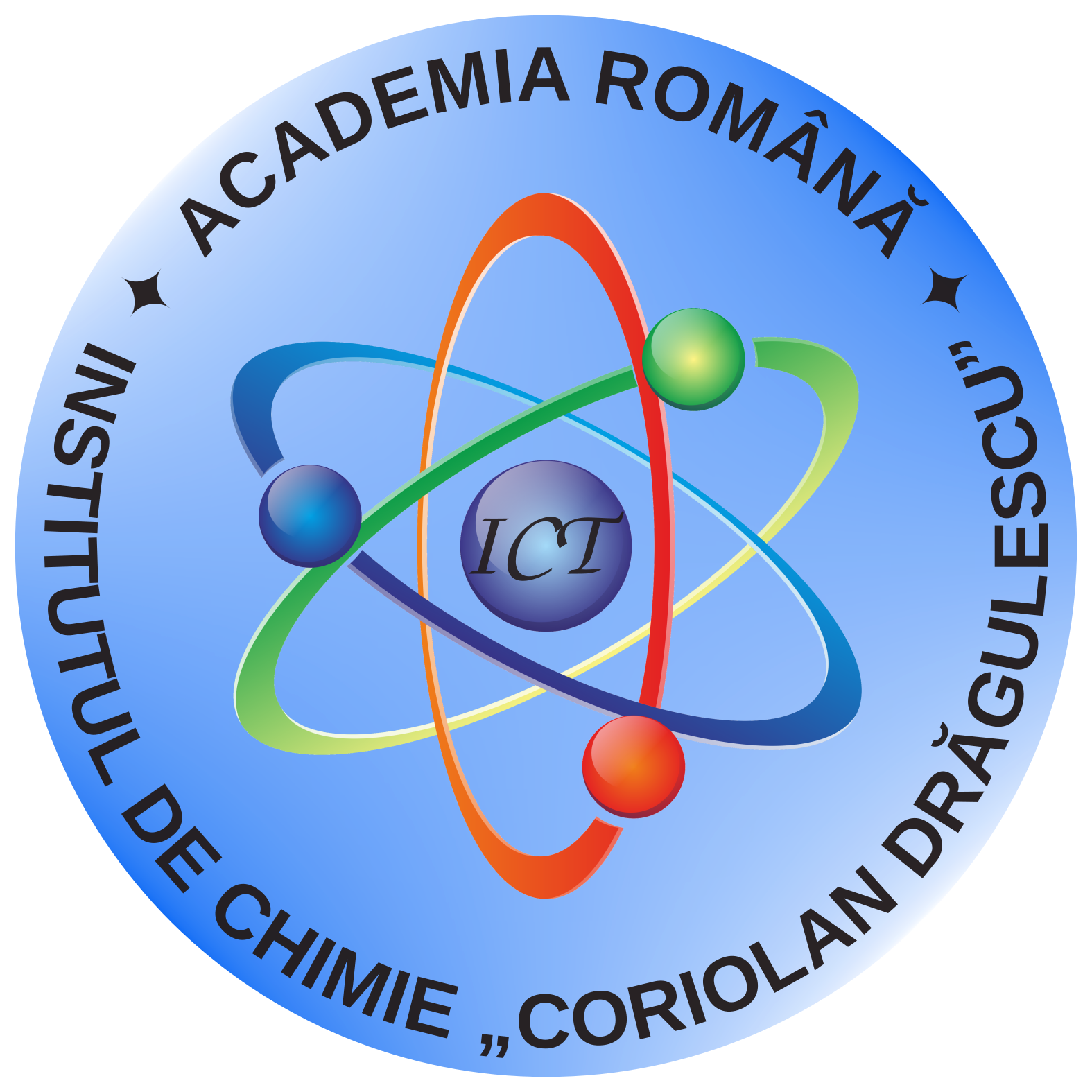Project Type: Bilateral mobility project (2016-2018) in the framework of cooperation between Romanian Academy – Hungarian Academy of Sciences
Project Title: Synthesis and characterisation of mesoporous silica gels
Project Manager, “Coriolan Drăgulescu”, Institute of Chemistry, Romanian Academy, Timisoara, Romania: Dr. Putz Ana-Maria
Project Manager, Wigner Research Centre for Physics, Institute for Solid State Physics and Optics, Hungarian Academy of Sciences: Dr. Almásy László
Duration of Contract: 3 years (2016-2018)
Funding Entities: Romanian Academy and Hungarian Academy of Sciences
Team Wigner: Dr. Len Adél, Dr. Dudás Zoltán-Imre
Team ICT: Dr.Cecilia Savii, Dr. Catălin Ianăşi, Dr. Sorina Ilieş, Drd. Roxana Nicola, Chim. Elena-Mirela Picioruş.
Abstract:
Mesoporous materials prepared by supramolecular templating and designed porosity are of interest for developing new materials for wide application domain, including materials for drug delivery systems. Ionic liquids are a relatively new class of unconventional templating agents, potentially allowing preparing well controlled mesoporous silica materials. Depending on the chain length of the surfactants or ionic liquid salts, various degrees of ordered porosities can be achieved. Cubic or hexagonally ordered pores result from long alkyl chain templates, while short alkyl chains or polymers lead to random pore structure that often exhibits fractal like structure. Their parameters (which reflect the density and space-filling of the solidified gel) depend strongly on the used aggregation processes. The small-angle neutron and X-ray scattering techniques are powerful methods to characterize the ordered porous structures in the mesoporous range, used in investigations of sol-gel derived solid phase formation of nano-porous structures, and give direct information about the characteristic fractal exponents. The present project has two aims. First, to develop new materials with tunable porosity using various classes of conventional surfactants and ionic liquid surfactants as templating agents, and second, to explore the full capability of small angle neutron and X-ray scattering for resolving the fine structure of the prepared materials and understand the principles and mechanisms of the porosity formation.
Objectives:
(i) Sol-gel and sonocatalysed sol-gel synthesis of silica based hybrid mesoporous materials.
(ii) Characterisation of the behavior of the ionic liquids confined in the nanopores comparatively to the bulky ones, by IR spectroscopy and thermal analysis.
(iii) Structural characterisation of the obtained mesoporous silica matrices by suitable traditional laboratory methods, such as electron microscopy, nitrogen adsorption, XRD, etc.
(iv) Investigation of the morphology of the obtained mesoporous silica, especially the pore order degree using Small-Angle Neutron and X-ray Scattering (SANS, SAXS) techniques.
The work is divided between the two laboratories: the Romanian team does the synthesis and some physic-chemical characterization, while the Hungarian team does the structural characterization using neutron and X-ray diffraction. Electron microscopy will be performed in external laboratories in both countries.
Results:
Mesoporous silica synthetised using pyridinium and imidazolium ionic liquids (ILs)
Trimethoxysilane (MTMS) as silica precursors, and N-butyl-3-methylpyridinium tetrafluoroborate ([bmPy][BF4]) as co-solvent and pore template, by using a constant ratio of the rest of reactants and varying the content of the ionic liquid (IL) template. Another series of silica matrices were prepared via acid catalyzed sol-gel route by using only tetraethoxysilan (TEOS) as silica precursor, and, 1-butyl-3-methylimidazolium tetrafluoroborate ([BMIM][BF4] for one series of synthesis or 1-butyl-3-methylimidazolium chloride ([BMIM][Cl]) for the second series of synthesis, using a constant ratio of the others reactants and varying the content of the IL. As-prepared and as calcined, the samples were characterised and their morphology regarding the porosity and network structure were determined, by using: SANS (Small Angle Neutron Scattering), nitrogen adsorption-desorption method, IR and thermogravimetric analyses. The thermal analysis is used for investigating the structural stability of the materials. During thermal treatment, the decomposition of the IL confined in silica pore started by about 100ºC lower temperature than in case of neat IL. In a first study we proved that the addition of small amount of IL to these mixtures of silica precursors slows down the polycondensation and produces particles of larger sizes. Further, we have varied the concentrations of the IL in a broader range, wishing to obtain a possible optimal composition for achieving high porosity and narrow pore size distribution. Information obtained in the SANS experiment have been revealed the morphology and have shown the effect of the IL as catalyst and as pore template, as well. From the SANS curves of the imidazolium IL series of samples, resulted that the two ILs produce markedly different structure in the xerogels. The more hydrophobic IL, the [BMIM][BF4] gives appearance of inhomogeneities of characteristic sizes 5-10 nm, while the more hydrophilic IL, the [BMIM][Cl] produces more homogeneous structure on this length scale, and only the large voids and aggregates characteristic of ordinary TEOS-made xerogels are present, with characteristic sizes above 50 nm. This information, in combination with other characterisation methods, allow us to fine tune the properties for our materials, in terms of porosity and stability and suitability for further applications like drug delivery systems. The physicochemical properties of ionic liquids are going to change upon confinement in nanopores, because of the interaction of the IL cations/anions with the pore walls. The application of these scattering methods facilitate the understanding the mechanism of the gel formation, and help in selecting the proper conditions of the synthesis for controlling the of the synthesized materials porosity.
Publications:
Putz A.M., Len A., Ianăşi C., Savii C., Almásy L., Ultrasonic preparation of mesoporous silica using pyridinium ionic liquid, Korean J. Chem. Eng. 33 (3) 749-754, 2016.
Putz A.M., Wang K., Len A., Plocek J., Bezdicka P., Kopitsa G. P., Khamova T. V., Ianăşi C., Săcărescu L., Mitróová Z., Savii C., Yan M., Almásy L.,Mesoporous silica obtained with methyltriethoxysilane as co-precursor in alkaline medium, Appl. Surf. Sci., 424(3) 275-281, 2017.
Almásy L., Putz A.M., Len A., Plestil J., Savii C., Small-angle scattering investigation of silica xerogels and sonogels prepared with ionic liquid pyridinium tetrafluoroborate, Proc. Appl. Ceram. 11(3) 229-233, 2017.

